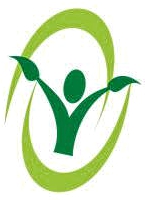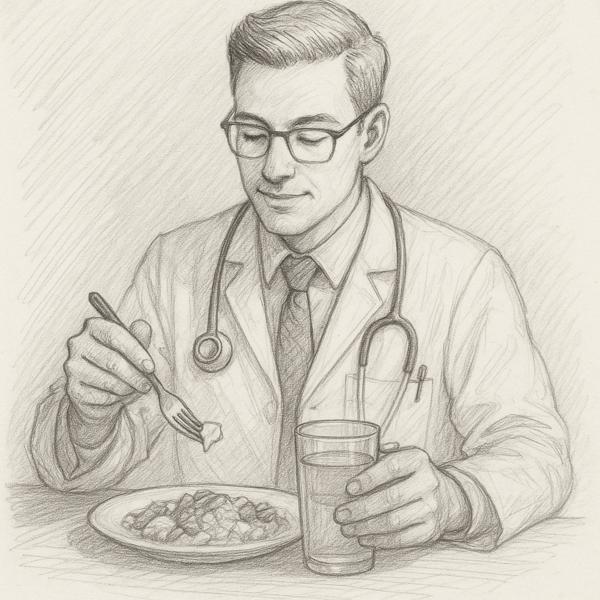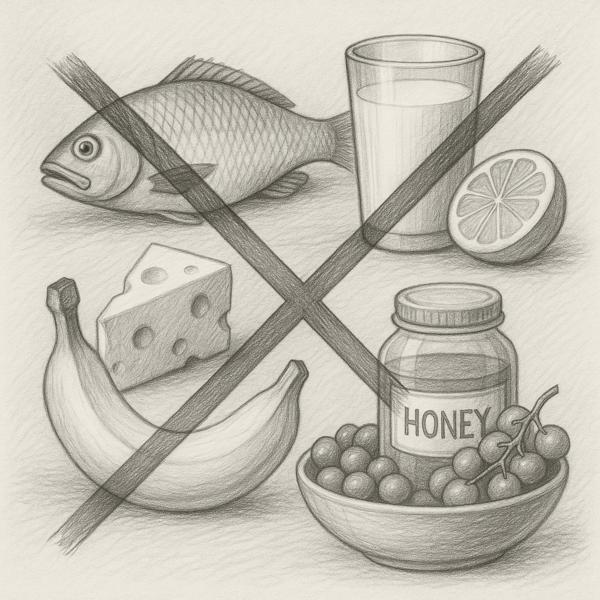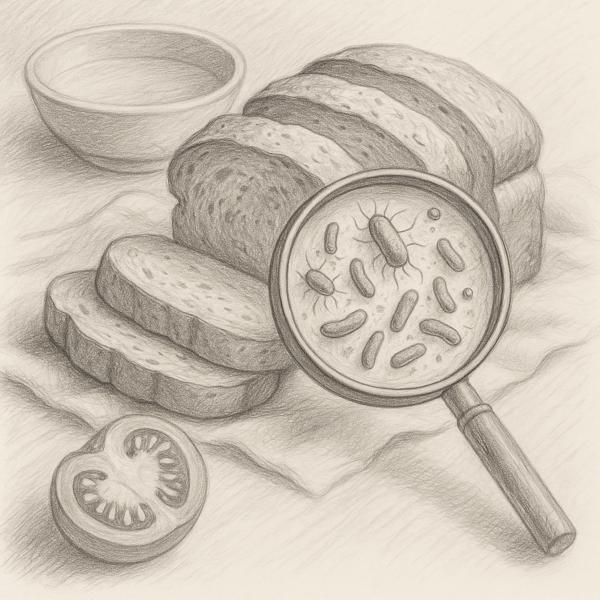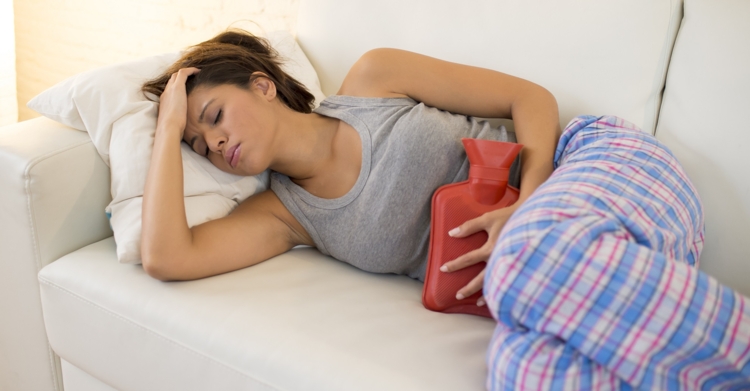
Painful Periods Recover with Ayurvedic Treatment At Sukhayu Ayurvedic Clinic Nasik
Dysmenorrhoea is the term used to describe painful periods. Normal ovulatory menstruation can be painful, but when it affects one’s routine for example absence in school or office or unable to do day-to-day activities, it has to be investigated and treated. Women of any age can experience painful periods. Some women find periods are no longer painful after pregnancy and childbirth
Symptoms of dysmenorrhoea
Pain low in the abdomen that can spread to the lower back and legs
Pain that is gripping or experienced as a constant ache, or a combination of both.
The pain starts when the period starts, or earlier
The first 24 hours is the most painful
Clots are passed in the menstrual blood mostly pain is relieved after the passage of clots.
Dysmenorrhoea can be associated with:
Nausea and vomiting
Headache
Digestive problems
Fainting
Premenstrual symptoms, such as tender breasts
Types of Dysmenorrhoea:
Primary
Secondary
Causes of Primary dysmenorrhea
Normal menstruation that happens to be painful is known as primary dysmenorrhea. In primary dysmenorrhoea, it is thought that the muscles of the uterus contract harder than normal to excrete the thickened lining (endometrium). These contractions may also reduce blood flow to the uterus which makes the pain worse. The hormone-like compounds that prompt these contractions are prostaglandins. The reason for the increased prostaglandins is not known. This type of dysmenorrhea diminishes with age. It is mostly seen in the adolescent period due to low pain threshold, tension and anxiety.
Causes of secondary dysmenorrhoea
Endometriosis
Adenomyosis
Pelvic inflammatory diseases
Ovarian cysts
Fibroids of uterus
Ayurvedic view
According to Ayurveda, there is no pain without vata. Apan vayu is the subtype of vata dosha which is responsible for excretion of waste, cell division and any movement in the body. When there is vitiation of vata, instead of proper direction, apan vayu works in opposite direction. As reproductive organs are under influence of apan vayu, there is colicky pain and the discharge is thrown out with difficulty and becomes frothy. When the position of the uterus is distorted due to faulty positions and excessive coitus, the mouth of the uterus becomes curved and uterus falls back which is responsible for painful intercourse and painful menses. When along with vata, pitta is also vitiated then there are symptoms like chronic backache, painful menses, painful intercourse and periods with excessive bleeding; which can be corelated with PID (Pelvic Inflammatory Disease).
Treatment: Correction of Apana Vata vitiation is the main objective of the treatment. The site of Apana Vata is last part of the intestines. Etiological factors which lead to Apana Vata provocation need to be strictly avoided.
SNEHANA
Generally, snehana or oleation is done with medicated oil or ghee.
It may be administered orally (shatavari ghrit) or externally (sesame oil).
Local massage with sesame oil and hot water bag fomentation or nadi sweda are
helpful in painful condition.
Oleation help in pacifying vitiated Apana Vatha.
Virechana-Medicated purgation
Purgatives or laxatives are useful here for, example gandharva haritaki.
Basti
As basti is the primary treatment of vitiated apan vata, it is of prime importance during painful episodes as well as to prevent dysmenorrhea.
Enema with medicated oils is used to pacify Apana Vata.
Uttarbasti with bala taila, Dashamool ksheer basti and decoction basti, sahchar oil matrabasti are helpful.
Diet:
Take Fresh fruits and vegetables
Avoid salty spicy fried junk food
Take Asafoetida in diet
Milk medicated with Ashwagandha
Add Cow ghee in diet
Some useful Medicines:
Yograj guggul, maharasnadi Kashaya, dashmool kashay, shankhavati, ashokarishta, lodhra, jatamansi, shatavari, ashwagandha, shunthi, hingu, black sesame, haritaki etc.
Yoga, Pranayama and meditation, and exercise
Stress is the main factor contributing to this disease and hence pranayama and meditative techniques are proven to be effective in relieving the condition and preventing further recurrence.
Regular exercise is inevitable and part of your lifestyle.
In case you have a concern or query you can always consult an expert & get answers to your questions at sukhayu Ayurved and panchakarma center nasik or contact 7420004242

